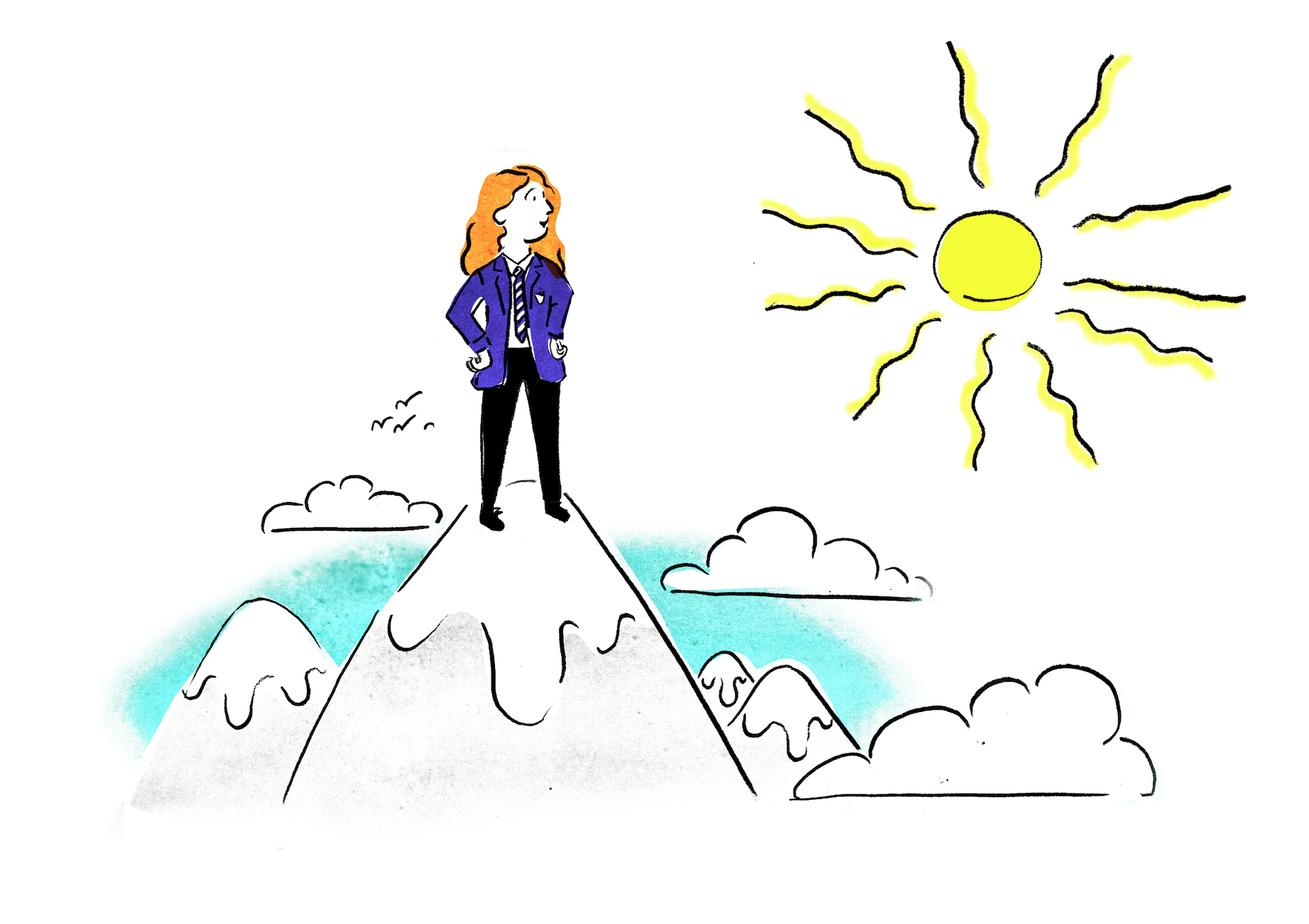Summer Vacation Affect Education Systems in Different Countries

Summer vacation affects education systems differently across countries, with variations in the duration of breaks, academic calendars, and the impact on students, teachers, and the education system as a whole. Here are some ways in which summer vacation influences education systems in different countries:
1. Length of Summer Break
- Varies by Country: The length of summer vacation varies widely among countries, ranging from a few weeks to several months.
- Longer Breaks: Some countries, particularly in North America and parts of Europe, have extended summer breaks lasting two to three months, allowing for family vacations and recreational activities.
- Shorter Breaks: Other countries, such as those in Asia, may have shorter summer breaks, often ranging from a few weeks to a month.
2. Academic Calendar
- Trimester vs. Semester System: Some countries follow a trimester system, with shorter breaks interspersed throughout the year, while others adhere to a traditional semester system with a longer summer break.
- Year-Round Schooling: A few countries have adopted year-round schooling models, where shorter breaks are distributed more evenly throughout the year, reducing the length of the summer vacation.
3. Impact on Students
- Learning Loss: Extended summer breaks can contribute to learning loss or the "summer slide," where students may forget or lose academic skills and knowledge over the vacation period.
- Opportunities for Enrichment: Summer vacation provides opportunities for students to engage in enrichment activities, such as summer camps, internships, travel experiences, and cultural exchanges, which can complement their formal education.
4. Impact on Teachers
- Professional Development: Summer vacation allows teachers time for professional development, curriculum planning, and attending workshops or conferences to enhance their teaching skills and knowledge.
- Preparation for the Next Academic Year: Teachers use the summer break to prepare lesson plans, update teaching materials, and collaborate with colleagues to ensure a smooth transition to the next academic year.
5. Impact on the Education System
- Infrastructure Maintenance: School facilities may undergo maintenance, repairs, and renovations during the summer break to ensure they are in optimal condition for the upcoming school year.
- Budgeting and Planning: Education authorities and school administrators use the summer break to finalize budgets, allocate resources, and plan for the implementation of educational initiatives and programs.
- Summer School Programs: Some countries offer summer school programs or remedial classes to help students catch up on missed learning opportunities or reinforce essential skills.
6. Cultural and Social Factors
- Family Time: Summer vacation provides families with the opportunity to spend quality time together, go on vacations, and participate in recreational activities, strengthening family bonds.
- Seasonal Employment: For older students, summer vacation may provide opportunities for seasonal employment, internships, or volunteer work, contributing to their personal and professional development.
7. Economic Impact
- Tourism and Hospitality: The tourism and hospitality industries benefit from increased demand during the summer vacation period, especially in regions with popular tourist destinations and attractions.
- Retail and Leisure Activities: Retailers, restaurants, entertainment venues, and recreational facilities may experience higher foot traffic and sales during the summer months.
8. Educational Inequality
- Summer Learning Gap: Extended summer breaks can exacerbate educational inequalities, as students from disadvantaged backgrounds may lack access to enrichment opportunities and resources during the vacation period.
- Summer Enrichment Programs: To address this disparity, some countries offer subsidized or free summer enrichment programs aimed at supporting students from low-income families and reducing the summer learning gap.
9. Regional and Cultural Variations
- Northern vs. Southern Hemisphere: In countries in the northern hemisphere, summer vacation typically falls between June and August, while in the southern hemisphere, it occurs between December and February, reflecting seasonal differences.
- Cultural Traditions: Cultural traditions and historical factors may influence the timing and duration of summer vacation in different countries, with some countries aligning their academic calendars with religious or cultural holidays.
In summary, summer vacation affects education systems in diverse ways, shaping the academic calendar, providing opportunities for enrichment and professional development, impacting students' learning experiences, and influencing cultural, social, and economic dynamics within communities. The duration and timing of summer vacation vary by country and reflect a combination of educational, cultural, and economic factors.
Thank you,
